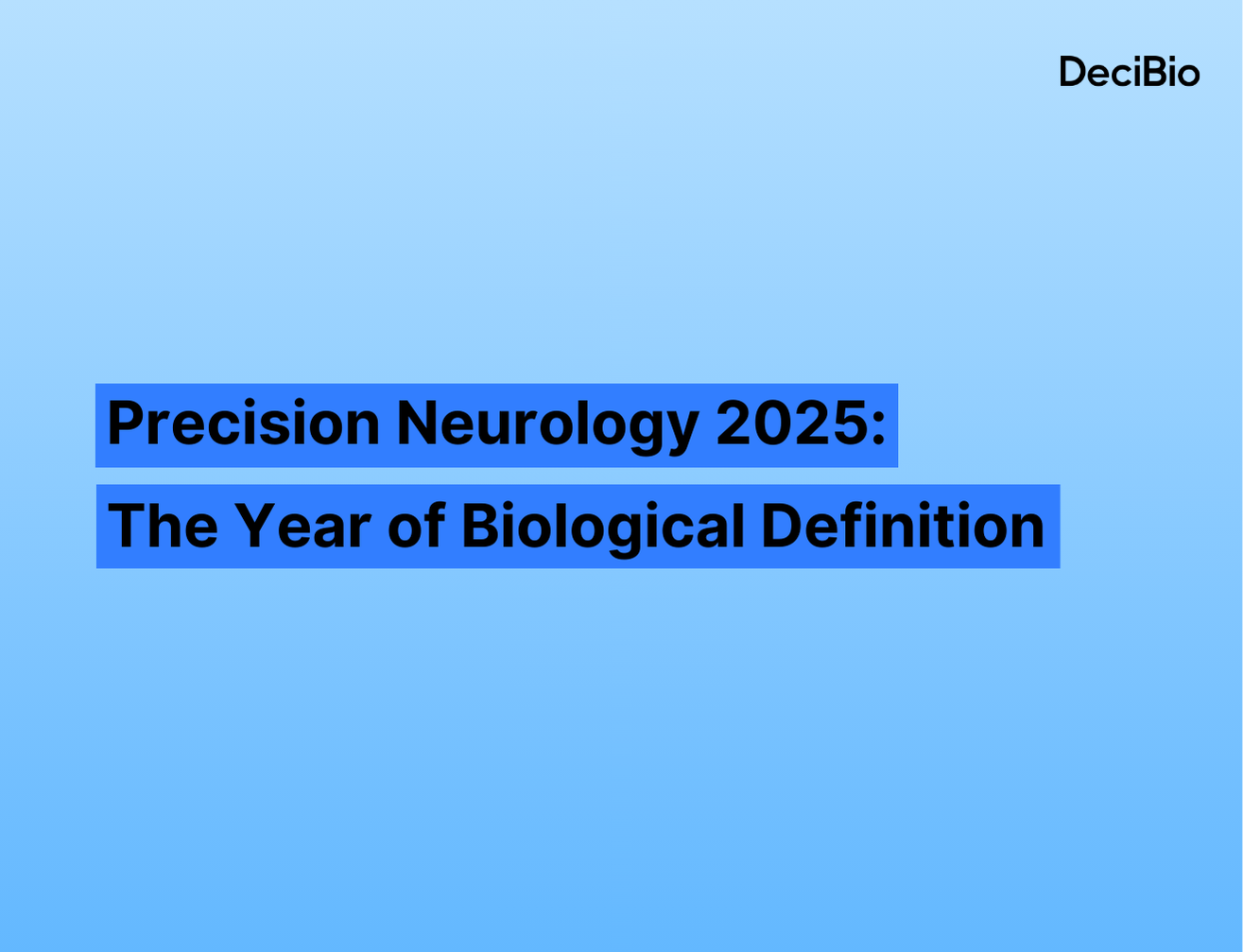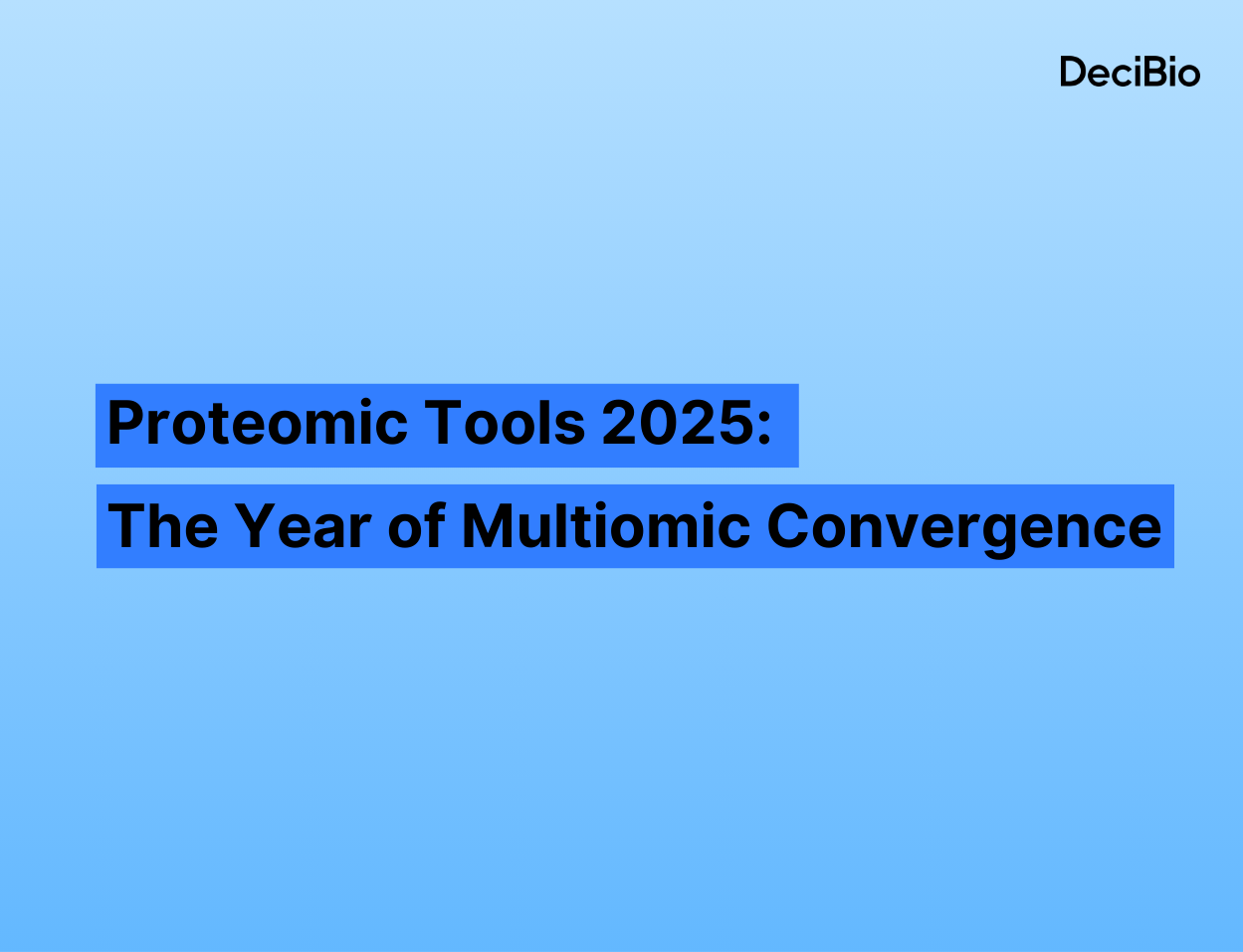Our cancer immunotherapy biomarker database (I/O BioMAP) has now reached 1,000 clinical trials! Having reached this milestone, we wanted to share some insights from our analysis of this data and important takeaways for immuno-oncology (I/O) stakeholders, especially diagnostic and research tools companies, to consider as they strategize for the future of cancer immunotherapy biomarkers. In addition to analyzing biomarker data contained in our database, we conducted interviews with I/O stakeholders (e.g., oncologists, pathologists, researchers, and lab directors), to pressure-test our hypotheses and better understand the potential real-world implications of next-gen biomarkers.Last month I had the opportunity to share some of these insights at the 2017 Companion Diagnostics Forum; see a video of my presentation below:
You can fill out the form at the end of this post if you would like a copy of the slides.To summarize, we’ve highlighted three key takeaways from our analysis of biomarkers from ~1,000 I/O clinical trials:
Cancer immunotherapy biomarkers are expanding rapidly beyond PD-L1, MSI
While this is a surprise to exactly no one, the number of biomarkers explored alongside immunotherapies continues to increase at a rapid pace. For example, since 2014, the average number of biomarkers explored per I/O trial has increased from ~4.5 to ~7.8, representing increases in both the number of different markers explored, as well as the exploration of markers for different purposes (e.g., response / immune monitoring – more on that later). PD-L1 remains the most commonly explored biomarker in I/O clinical trials, however, many other novel, or “next-gen” biomarkers are gaining traction; tumor-infiltrating immune cells, tumor-mutation burden / genomic profiling, and gene expression profiling are all growing rapidly in clinical trials, and are being explored in multiple late-stage, high-impact trials. Stakeholders note that many next-gen immuno-oncology biomarkers (e.g., PD-L1, TILs, and tumor gene expression profiles) are essentially either direct or indirect measurements of the same thing – tumor microenvironment inflammation. Which of these markers, or combinations of markers, provides the best picture of tumor inflammation and/or predictive power for immunotherapies remains to be determined, however, each of these markers represents significantly different technological and workflow approaches from a diagnostic / assay perspective, which leads to our next takeaway…
Immuno-oncology will drive significant changes to the cancer diagnostic technology and testing landscape
Immunohistochemistry (IHC), PCR, and FISH have been the mainstays of cancer diagnostics for decades, and many, if not most, clinical labs have developed the capability to conduct these assays in-house. However, we expect that next generation biomarkers for cancer immunotherapies, which often require newer, more complex technologies, scoring algorithms, and read-outs, such as multiplex and/or digital IHC, next-generation sequencing, and multiplex hybridization-based technologies (e.g., NanoString nCounter), will alter the technological and workflow dynamics for cancer diagnostics. Academic medical centers (AMCs), which tend to be more research oriented, generally have in-house access and protocol expertise for some of these newer technologies (e.g., NGS and, to a lesser extent, hybridization-based gene-expression profiling technologies), however, few labs have the in-house ability to conduct other emerging biomarker analyses such as multiplex IHC (>5 markers), liquid biopsies for cfDNA/ctDNA, or T-cell receptor sequencing analysis. Additionally, outside of the AMC setting, interviewees suggest that community hospital labs have little access or expertise with technologies beyond IHC, and limited interest in bringing these other technologies or assay capabilities in-house. Ultimately, this technological shift may drive centralization of cancer diagnostic testing to reference labs or large, sophisticated AMCs. Additionally, many stakeholders expect that the management of cancer patients will increasingly involve integrated, algorithmic analysis of multiple different biomarkers and modalities, which may also favor the centralization of diagnostic testing. Ultimately, if such centralization of I/O biomarker testing occurs, diagnostic and research tool manufacturers that rely on a distributed platform / assay model will have to consider new strategies to preserve their market.
Immune response monitoring represents a material market opportunity for Dx companies
While the majority of biomarkers in I/O clinical trials are explored for predictive purposes, our research and analysis suggests that immune monitoring represents a potentially attractive market opportunity for tools and diagnostics manufacturers. Immune monitoring markers, which represent ~16% of cancer immunotherapy biomarker mentions, are used to assess whether a patient’s immune system has responded as a result of the use of immunotherapy. Although oncologists do not widely utilize immune-monitoring in routine clinical care, those we interviewed expect immune monitoring to transition from clinical trials to clinical practice in the mid term (5 – 7 years) as utilization of immunotherapies grows:“…early and frequent monitoring would help me adjust my therapy strategy; I’d like to give monotherapies for 1L treatment, and add a combo therapy only if the initial immune response looks low …”“…the difference between getting a result in 2 weeks vs. 3 months, which is when we do our first scan, is huge; there’s a lot that we can happen in the first few weeks that I’d like to monitor…”“…As the cost of these drugs goes up, especially for IO / IO combos, I can see payors pushing monitoring tests to identify non-responders earlier …”Interviewees indicate that, while blood-based monitoring assays would likely not replace imaging, they could provide information to inform the timing or frequency of scans, the need to adjust or change treatment, distinguish between pseudo-progression and true progression, and/or identify hyper-progressors.Considering the potential to perform multiple tests over the course of treatment for a patient, we think immune monitoring represents a material market opportunity. Using a back-of-the-envelope calculation taking into account the estimated incidence of metastatic cancer (~1.7M in U.S. and Europe), estimated immune-monitoring penetration rates (ranging from about 10 – 40% of metastatic patients), estimated frequency of monitoring testing (4 – 8 tests / patient annually), and a distribution of monitoring assays by various technologies with various assay prices (e.g., flow cytometry, ELISA, PCR, sequencing, and other technologies), we estimate a 2022 base-case market opportunity for immune monitoring assays of ~$65 M annually, with an upside scenario of ~$110M.Ultimately, with cancer immunotherapies ushering in new biomarkers, technologies, business models, and testing opportunities, we expect the status quo for cancer diagnostics to change, requiring diagnostic and research tools companies to be nimble to respond to a dynamic oncology landscape.Click here for more information about our Immuno-Oncology BioMAP. Also, check out the rest of our market intelligence products here.If you would like a copy of the presentation shared in the video above, please fill out the form below:[gravityform id="14" title="false" description="false"]

Author | Andrew Aijian
Linkedin | aijian@decibio.comAndrew Aijian is a Sr. Project Leader at DeciBio Consulting with expertise in the immuno-oncology, companion diagnostics, and molecular diagnostics markets. Andrew leads in a wide variety of consulting engagements in these markets, including market sizing, competitive landscape assessment, product strategy, and commercial due diligence. Connect with him on LinkedIn.Contact Andrew and the DeciBio team to get the insights you need to accelerate innovation in your market.






